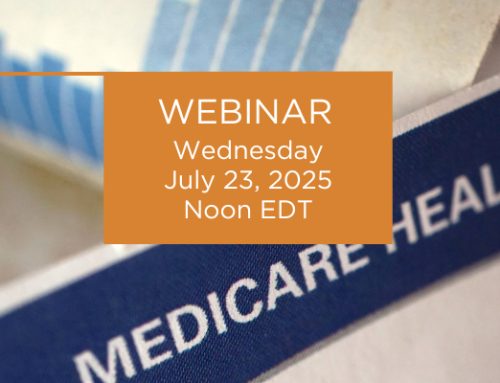Serving on a nonprofit Board of Directors is a rewarding and meaningful way to give back to the community. It’s a labor of love for Board members, though some may not fully understand their fiduciary responsibilities in that role. The Investment Committee in particular is tasked with overseeing organizational assets; this is no small feat.
2018’s State of the Nonprofit Sector Survey found that even then, most nonprofit leaders saw financial stability and full-cost funding as top challenges. Post-pandemic, many organizations saw their funding drop while demand for services soared. Large nonprofits with expenses of at least $1 million were spared from the worst of the funding decreases during COVID-19, with some even experiencing increased donations.
Some organizations also benefited from increased government funding and now have extra cash resources; they may be looking at creating an endowment with that money and are exploring other investment opportunities besides the traditional fixed-rate certificate of deposit (CD).
What’s the Investment Policy Statement, and Why Is It Important?
The Board’s Investment Committee is charged with establishing, maintaining, and reviewing the organization’s investment portfolio. A committee can be a large and diverse group, a sub-group of the Finance Committee, or another financial decision-making entity. Most Boards do not give the Investment Committee the attention, training, and resources it needs to adequately maintain the financial charter. As a result, many Boards lack a well-written, comprehensive investment policy statement (IPS).
Three considerations for Boards to consider when they adopt or review the IPS.
- If invested assets’ initial value is protected;
- If increases in the value of investments are reasonably assured; and
- Whether assets are accessible in the event of a cash flow problem.
How to Review the Investment Policy Statement
Whether a Board’s goal is to limit continued fiscal impact or plan for more funding, the IPS must be reviewed. Ideally, this happens annually; however, even if a review took place recently, coming out of the pandemic is an excellent time to revisit the IPS and ensure it’s helping the organization meet its funding goals and priorities, now and in the future.
Common sections of the IPS include:
Governance
This section should clearly define who does what and what the investment philosophy is. Questions to ask include:
- “Who oversees program governance and oversight? Is this person different from who maintains the IPS?”
- “What are the goals and objectives, and who is responsible for making sure metrics are tracked and evaluated?”
Objectives and Constraints
What’s the purpose of the funds, how will they be used, and what other needs should be considered? Items to consider in this section include risk tolerance, time horizon, liquidity requirements, return objectives, and constraints like taxes, legal requirements, and other unique circumstances. Any of these items need to adapt and evolve as situations change.
Portfolio Parameters
In addition to reviewing asset allocation and benchmarks, the IPS should spell out specific investment parameters, like how funds are selected, types of securities, and when to rebalance the portfolio, among other factors.
Risk Management
Because no investment is ever truly guaranteed to increase, it’s important to set written guidelines for risk control procedures and performance objectives.
Client Services
This section should clearly explain how communications and reporting will function between the committee, fund managers, the Board, and other service providers. The IPS should define milestones and events that dictate communications about the investment portfolio.
Acknowledgment of IPS
The IPS should be reviewed and acknowledged by every committee member and updated regularly. Because committee members, managers, and organizational staff change over time, an updated IPS ensures that the investment program continues uninterrupted and can help the organization outlast intermittent market uncertainties.
Not every organization will need every section; however, an effective IPS will cover as many of these areas as possible.
Of course, there is always risk involved with any investment and nothing can be guaranteed. An effective IPS is a crucial tool to safeguard assets as much as possible and limit risk. And, investment committee members have a fiduciary obligation to maintain an updated IPS.
For more information about Not-for-Profit Investment Policy Statements or how to conduct a review, contact PBMares Partner Jonny Rosch, CPA.





